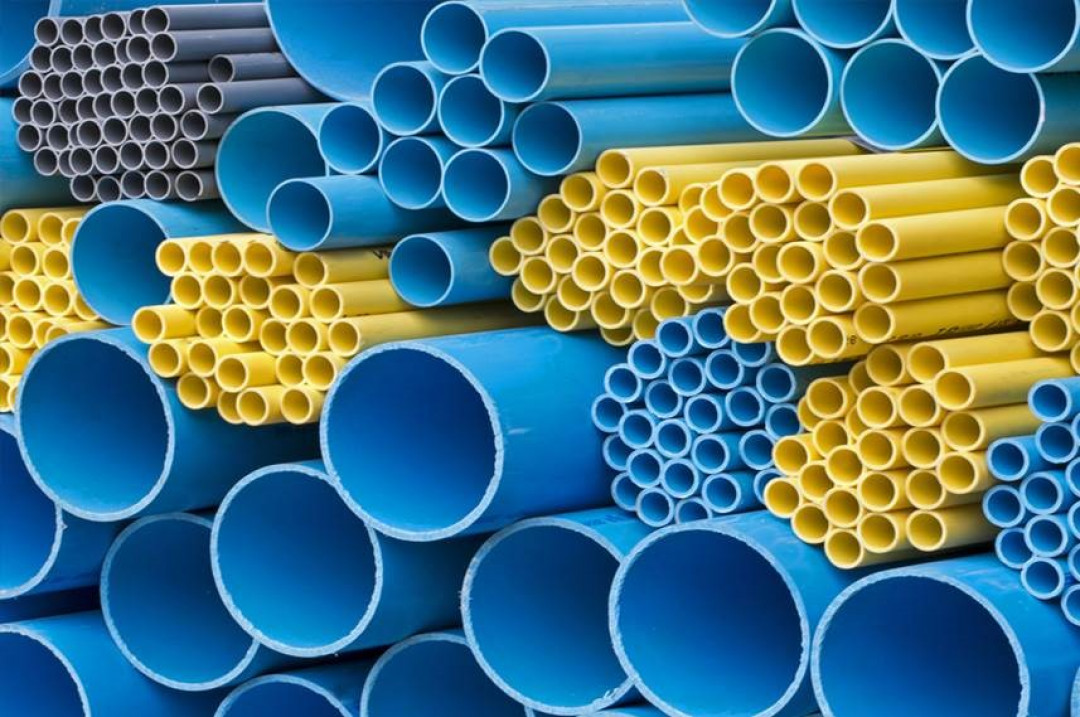
Plastic Pipes Market: Navigating the Future
Market Overview
The Plastic Pipes market is poised to generate a revenue of US$ 37.34 Billion by 2023 and is anticipated to reach US$ 63.78 Billion by 2033, with a projected compound annual growth rate (CAGR) of 5.5 % between 2023 and 2033 according to Persistence Market Research. This growth is primarily fueled by the escalating demand for Plastic Pipes market across various industries such as Building and Construction, Water Use and Agriculture, oil & gas industry, power generation, chemical, and food processing.
The surge in demand for Plastic Pipes is attributed to the increasing need for water infrastructure development globally. Plastic pipes offer a compelling solution owing to their lightweight nature and ease of installation. Moreover, their adaptability and durability make them highly desirable for water infrastructure projects of any scale. Traditionally, industrial equipment like pipes, filters, water meters, and control valves have been predominantly made of metal. However, the preference for plastic has been growing due to its inherent advantages such as corrosion resistance and non-reactive properties. These factors are key drivers propelling the growth of the Plastic Pipes market.
Key market growth factors
Plastic Pipes market. Firstly, the increasing demand for plastic pipes stems from various sectors such as building and construction, water use and agriculture, oil & gas industry, power generation, chemical, and food processing. This demand surge is fueled by the need for modernizing water infrastructure systems in cities and towns globally. Plastic pipes offer distinct advantages, including their lightweight nature and ease of installation, making them an attractive option for infrastructure projects. Their versatility and durability enable adaptation to diverse applications, further enhancing their appeal for water infrastructure projects. Moreover, the traditional dominance of metal in industrial equipment like pipes, filters, water meters, and control valves is being challenged by the growing preference for plastic. Plastic pipes offer superior properties such as corrosion resistance and non-reactivity, making them increasingly favored in various industries.
Market Restraints
Despite the promising growth prospects, the Plastic Pipes market faces certain restraints that may impede its expansion. One significant challenge is the environmental impact associated with plastic production and disposal. Concerns over plastic pollution and its adverse effects on ecosystems have led to increased scrutiny and regulatory measures, potentially limiting market growth. Additionally, the upfront cost of implementing plastic pipe systems can be higher compared to traditional alternatives, posing a barrier for adoption, especially in regions with limited financial resources. Moreover, the perception of plastic pipes being less durable or prone to damage compared to metal counterparts may deter some potential users from adopting them. Furthermore, the Plastic Pipes market may face competition from alternative materials or technologies offering similar or superior performance characteristics. Innovations in materials science and manufacturing processes could introduce new solutions that challenge the dominance of plastic pipes in certain applications.

Opportunities
Amidst the challenges, the Plastic Pipes market also presents several opportunities for growth and innovation. One notable opportunity lies in the increasing focus on sustainability and environmental responsibility. Manufacturers can capitalize on this trend by developing eco-friendly plastic pipe materials, incorporating recycled content, and implementing efficient recycling and disposal processes. By aligning with sustainability goals, companies can differentiate their products and attract environmentally-conscious consumers and businesses. Moreover, the ongoing advancements in material science and manufacturing technologies offer opportunities for product innovation and performance enhancement. Investing in research and development to develop high-performance plastic pipe materials with improved durability, corrosion resistance, and other desirable properties can enable companies to capture market share and meet evolving customer demands.
Top Regional Markets
The United States occupies a prominent position in the global Plastic Pipes market, accounting for approximately 22 % of the demand in 2022. Throughout the forecast period spanning from 2023 to 2033, the U.S. is poised to maintain a substantial market share within North America. With a projected steady expansion at a 5.4 % compound annual growth rate (CAGR), the United States is expected to make significant contributions in terms of both volume and value to the global Plastic Pipes market. The country is anticipated to remain a key player in commercial and infrastructure sectors, driven by new investments and developments. Notably, the U.S. government's infrastructure initiative, announced in February 2019, aims to modernize infrastructure across the Americas, with projects such as marlin re-development, kings quay, anchor, Hokchi, Amoca, lxachi, and parque das baleeias expected to further stimulate the growth of the Plastic Pipes market.
Key Recent Developments
Recent developments in the Plastic Pipes market reflect ongoing advancements and strategic initiatives aimed at meeting evolving industry needs. One significant trend is the increasing adoption of sustainable practices and materials within the sector. Companies are investing in research and development to create eco-friendly plastic pipe solutions, incorporating recycled content and exploring biodegradable alternatives to address environmental concerns. Additionally, technological innovations are driving the development of high-performance plastic pipe materials with enhanced durability, corrosion resistance, and other desirable properties. These innovations enable manufacturers to cater to diverse applications and meet the stringent requirements of various industries, thereby expanding their market reach and competitiveness.
(Source: Persistence Market Research Press Release)






